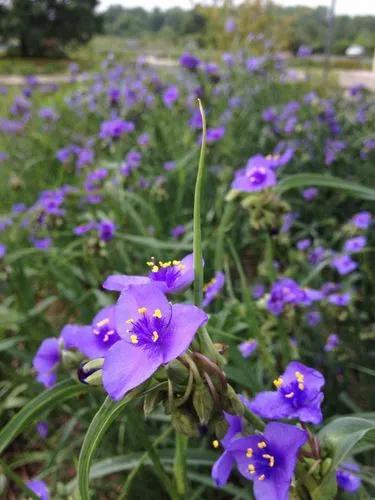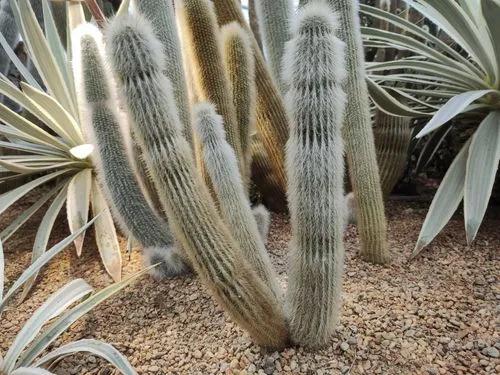A usually small, grayish, hairy, branched plant with palmately compound leaves and blue-violet and white pea flowers arranged in whorls in short, thick, cone-like racemes. The pea-like flowers occur in a short raceme and are subtended by small, palmately compound leaves.
Miniature Lupine Care
Lupinus Bicolor



How to Care for the Plant

Water

After planting lupines, keep the soil evenly moist to ensure good root development. Once your plants are deeply rooted, they can tolerate dryer conditions and will only need water during periods of drought. Applying a layer of mulch will help lock in soil moisture and keep the roots cool.

Pruning

Deadheading spent flowers will often encourage a second flush of blooms in early fall, especially in areas with cool summers. Once the foliage starts to yellow at the end of the season, you can cut perennial species back to the ground.

Fertilizer

Because of lupine’s ability to absorb nitrogen directly from the atmosphere, they grow quite happily in nitrogen-poor soil without the need for additional fertilizer. In fact, they actually enrich the soil in which they grow.

Sunlight

Plant lupine in full sun in areas with cool summers, but give them filtered sunlight in warmer climates. “Although full sun is best for outstanding blooms, you may have to compromise and plant them in partial shade in order to keep them cool and happy,” says Hodgson. If you grow lupine in the South, find a spot in the garden with afternoon shade.

Soil

Lupines love loose, sandy soil because it doesn’t impede the growth of their deep tap roots. In denser clay soils, loosen the soil before planting by working in compost. Lupines also like slightly acidic conditions. If your soil is too alkaline, you can lower the pH by adding sulfur

Popularity

125 people already have this plant 35 people have added this plant to their wishlists
Discover more plants with the list below
Popular articles






